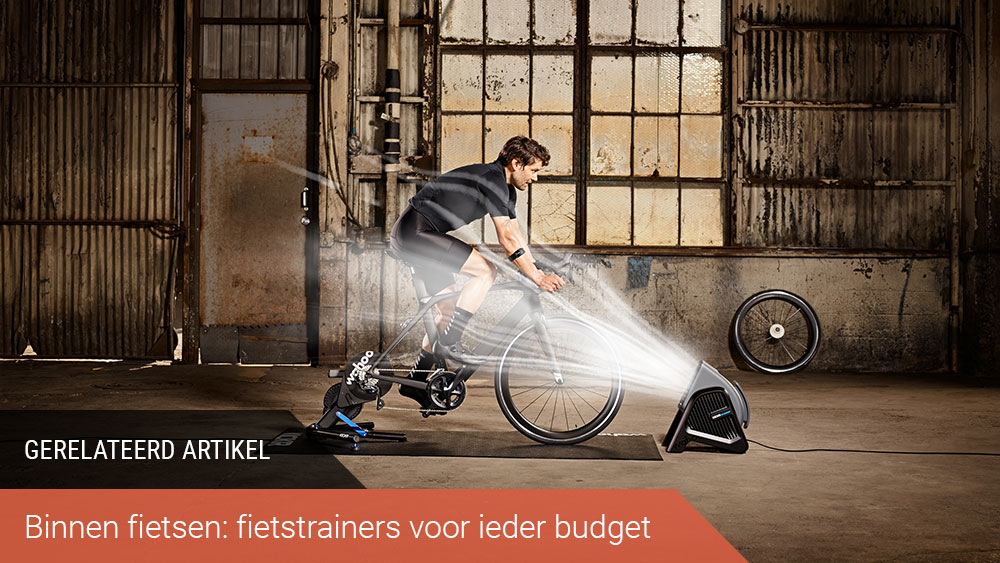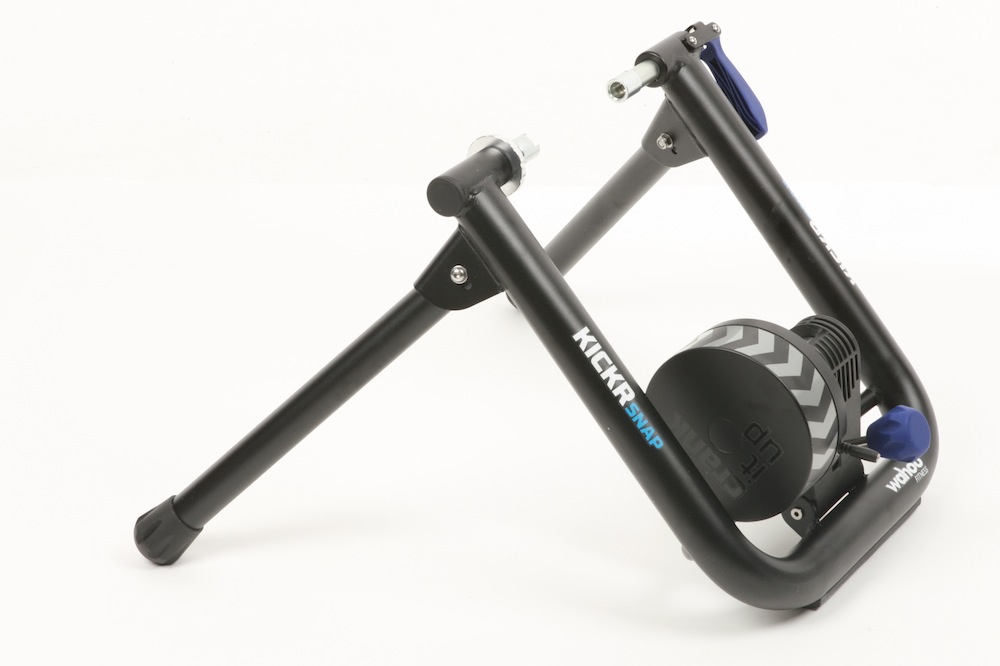



Like Zwift, Peleton provides a real-time group environment. Tangentially, Peleton (from $2,245 or $58/mo for 39 mos) emerged within the Multi-Player Era of indoor cycling training as well.
The Multi-Player Era - Zwift enters the scene, providing virtual worlds where cyclists use their smart trainers to race against each other in realtime. Apps like Trainer Road ($19.99/mo) and The Sufferfest ($14.99/mo) provide this. The Smart Solo Era - Connect your smart trainer to a computer so it can control the resistance and generate tailored workouts. Perhaps you use a heart rate monitor, but beyond that, you’re riding natural. The Rocky V Era - just throw your bike on a set of rollers or basic trainer, turn on your favorite cycling video, and ride. I’d describe the evolution as three eras: Indoor training for cycling has evolved considerably over the years making the act of riding your bike without moving more rewarding. Why try indoor training now versus ten years ago? Adding a solid fan left me feeling much better. I didn’t use one as the weather turned warmer and I’d drop five pounds of water in an hour workout. #WAHOO KICKR SNAP ZWIFT REVIEW BLUETOOTH#
Connecting by ANT+ via the Wahoo USB ANT+ Dongle resolved all of my bluetooth dropouts. However, I experienced intermittent connectivity issues with the bluetooth connection.
I started by connecting my devices (the Wahoo Kickr Core and Wahoo TICKR) to my computer via bluetooth. The chest strap ( Wahoo TICKR) reports the numbers I’d expect. However, the numbers didn’t pass the eye test: my heart rate would drop off a cliff at the end of a workout (when I’d expect it to be a bit a higher than the beginning) and in general the numbers were always lower than I’d expect. Initially I used an optical heart rate monitor on my arm, the Wahoo TICKR FIT. Wahoo Kickr Snap Wheel Block - keep the bike level ($19.99). Wahoo TICKR - Heart rate monitor chest strap ($49.99). Wahoo USB ANT+ Dongle & Extension Cable Kit - provides better connectivity than the Mac’s bluetooth ($39.99). Strava - training activity tracker ($60/yr). Wahoo Kickr Core - smart bike trainer ($899.99). Zwift - multiplayer online cycling training program ($14.99/mo). Here’s an overview of my setup, a review of the key parts, and an answer to the key question: does work on a smart trainer translate to real-world group rides? My Indoor Training Supplies To make these rides consistently more fun, I decided to dive into a smart trainer setup. That was my default mode of operation during the spring and early summer as I usually spent the colder months off the bike. However, you know what’s not fun about group rides? Hanging off the back, struggling for air. There’s no need to coordinate ad-hoc times with friends and the low-impact nature of cycling makes it a lot easier to do a couple of these hard rides each week. In my cycling bubble we have standing hard group rides during lunch on Tuesday and Thursday, Wednesday evening (two options), and Saturday morning. That’s why I’ve found group road cycling rides here in Fort Collins, Colorado to be an almost-perfect solution for my middle-aged competitive needs. 
That said, lots of things can make scheduling this time difficult: family commitments, work, and an aging body are just a few of the excuses. As an almost 40 year-old raised playing competitive team sports, I still itch to take the field.








 0 kommentar(er)
0 kommentar(er)
